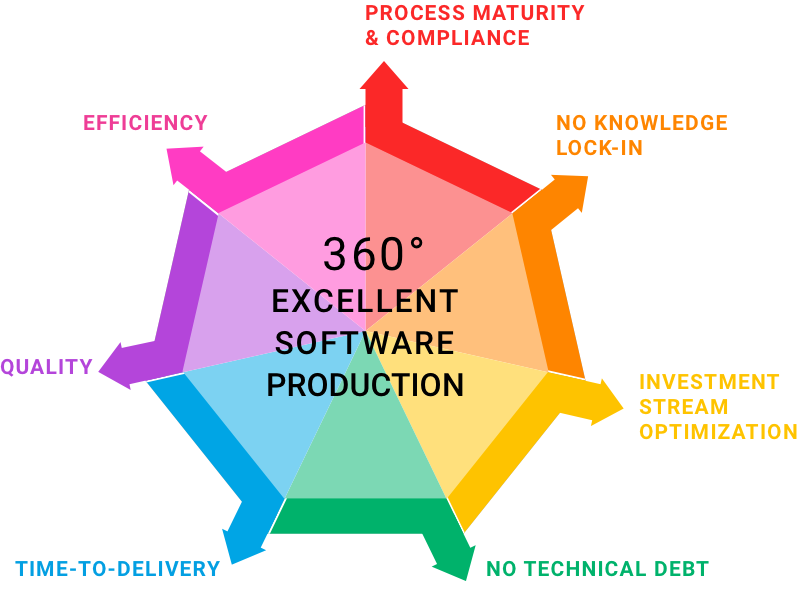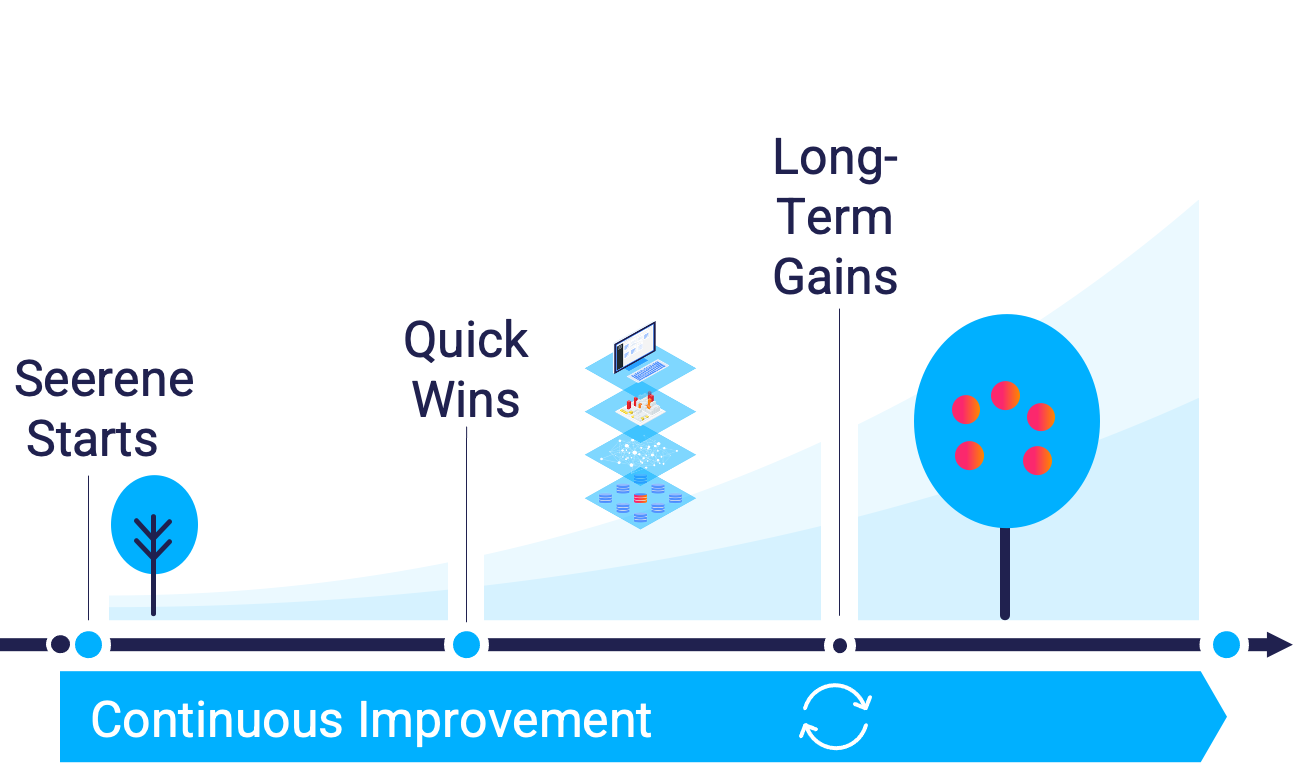This use case applies in contexts where software systems are IT applications that you provide to the business-side of your company. That is, the business departments of your company are your customers who want their requirements to be built into the software systems that you are responsible for.
Your software developer workforce is split with respect to hour-rate costs per developer. It could be that one part of your developer workforce consists of in-house developers and another part is provided by a (cheaper) 3rd-party provider. Or you have different geographic locations, e.g., Germany, USA, India, China, where developer salaries differ significantly.

You know which software system is developed/maintained by which team (low-cost versus best-cost), however, you do not know if this is a cost-effective allocation.
You would like to free the best-cost teams from as much burden as possible and shift work to low-cost teams, however, you don’t know which software systems are suitable for being “far-sourced” without creating risks.

Seerene provides a data-driven way to assess each software factory (and its system) with respect to the suitability to hand them over to low-cost teams.
With Seerene, you can see and compare KPIs per software system such as:
Having a data-driven way would prove that you know how to proactively encounter your cost and risk challenges. You would have real-time answers with which you steer and could also report.
With Seerene, you can turn your management style upside down: from reactive fire-fighting to proactive actions. You can identify risks before your customers, the business departments, start complaining about too costly or too slow IT delivery.

August-Bebel-Str. 26-53
14482 Potsdam, Germany
hello@seerene.com
+49 (0) 331 706 234 0
Generative AI Seerene GmbH
August-Bebel-Str. 26-53
14482 Potsdam, Germany
hello@seerene.com
+49 331 7062340